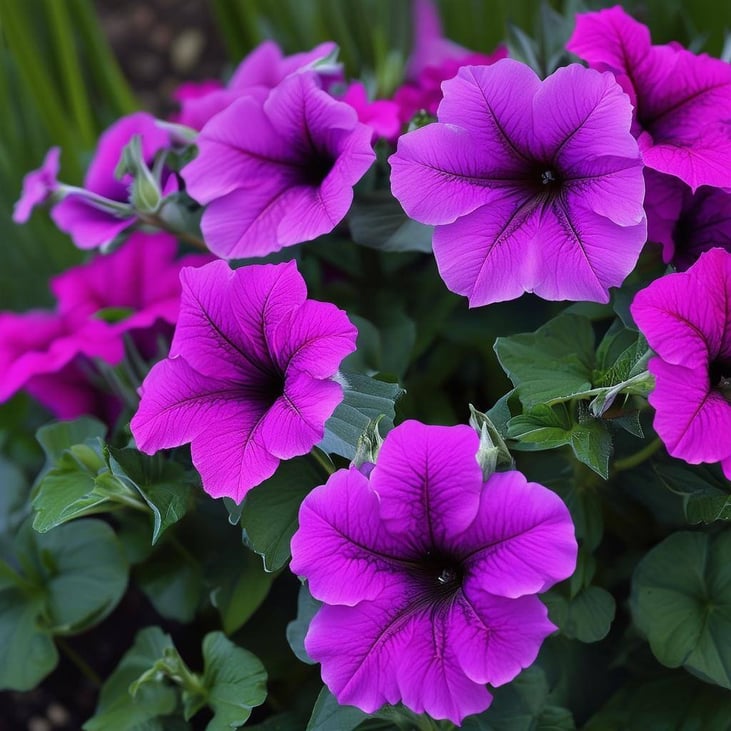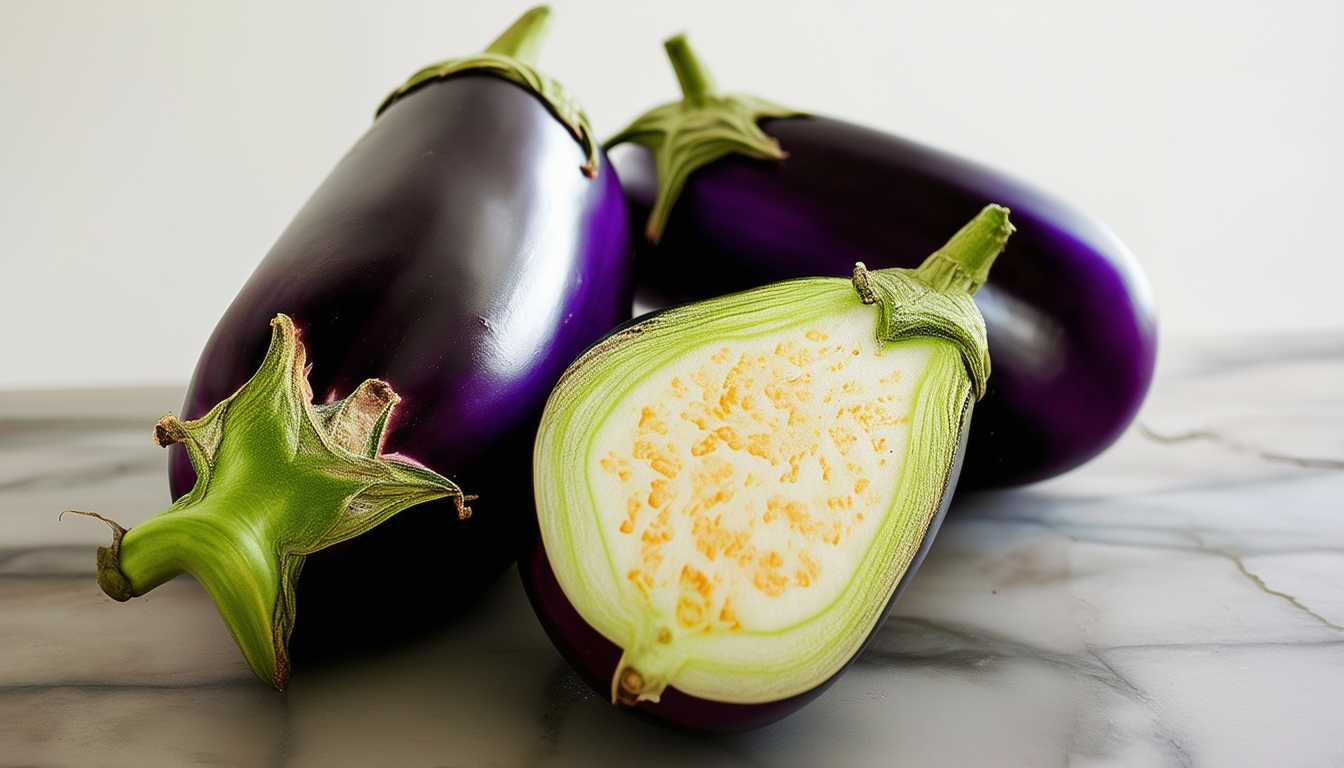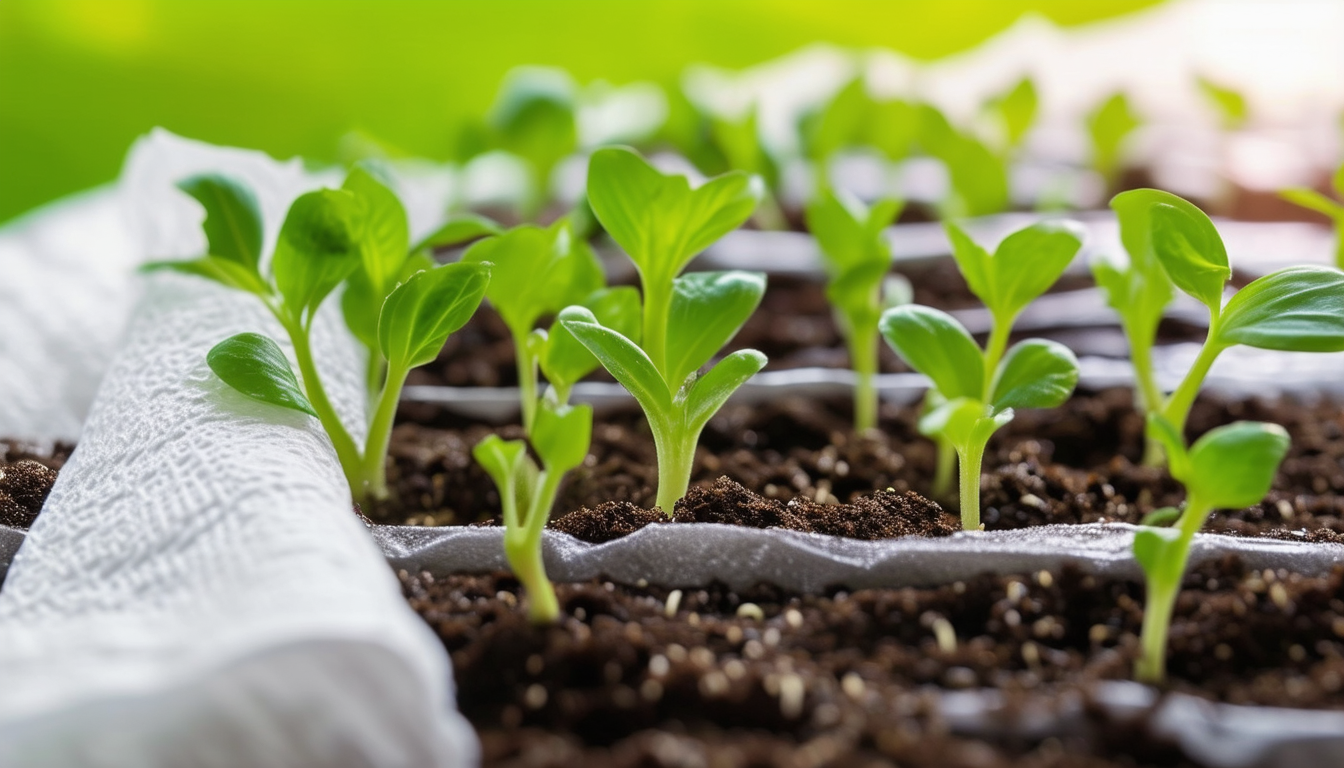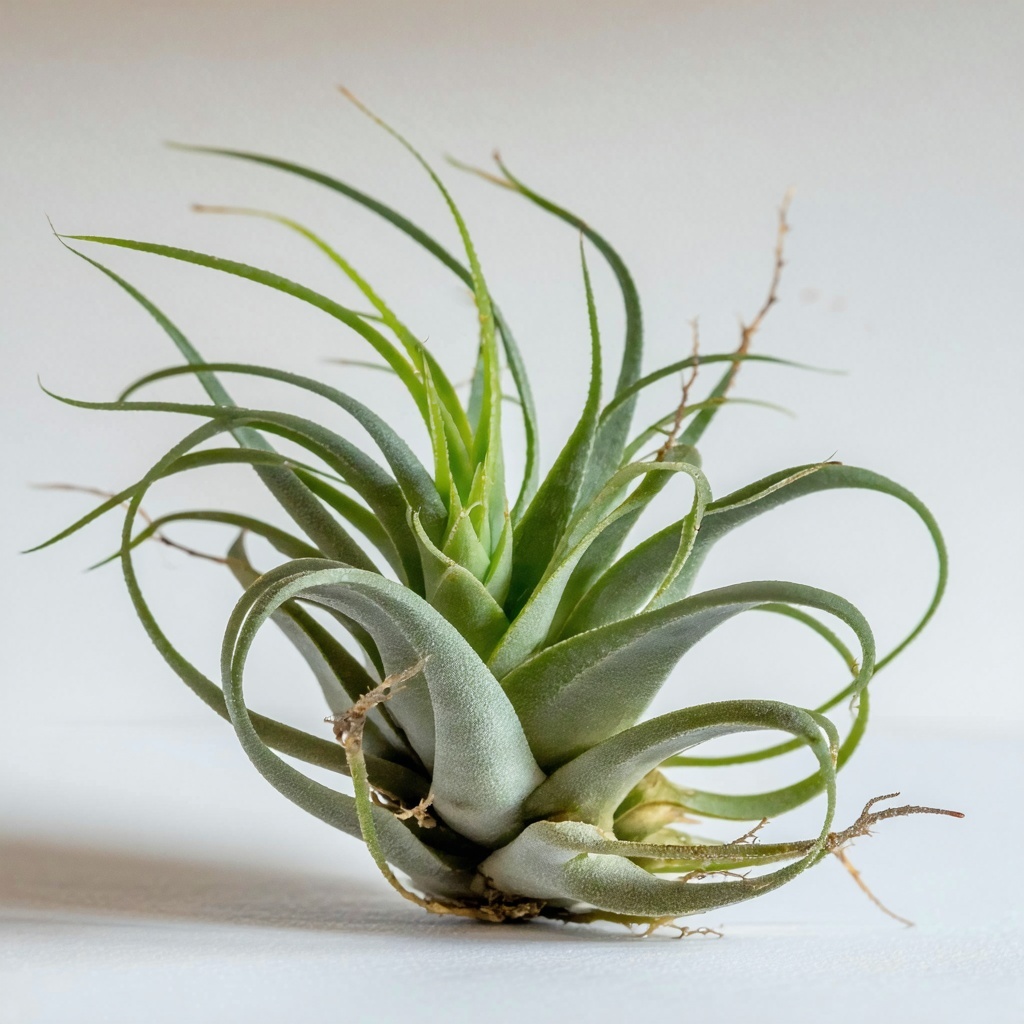
Unlock the secrets to vibrant petunias by mastering the art of seed germination!
Choosing the Right Seeds: Quality Over Quantity
The journey to beautiful petunias starts with selecting high-quality seeds. Opt for seeds from reputable suppliers to ensure better germination rates and robust plant growth. Remember, investing in quality seeds now pays off with vibrant blooms later.
Don't be tempted to buy in bulk if the seed quality is questionable. It's better to have fewer high-quality seeds than an abundance of poor ones. Look for seeds that are fresh and have been stored in optimal conditions to maximize germination success.
Preparing the Perfect Growing Medium
Creating the right growing medium is crucial for petunia seed germination. A light, well-draining soil mix is essential. You can use a commercial seed-starting mix or make your own by combining equal parts of peat moss, vermiculite, and perlite.
Ensure the medium is moist but not waterlogged. This balance helps the seeds absorb water without drowning them. Pre-moisten your soil mix before sowing the seeds to provide the ideal environment from the start.
5 step guide - Optimal Sowing Techniques for Best Results
1. **Fill your seed trays or pots** with the prepared growing medium, leaving a small gap at the top.
2. **Scatter the petunia seeds** thinly over the surface of the soil. Petunia seeds are tiny, so handle them with care.
3. **Lightly press the seeds** into the soil using a flat object or your fingers. Do not cover the seeds with soil as they need light to germinate.
4. **Mist the surface** with a spray bottle to moisten the seeds without displacing them.
5. **Cover the trays** with a clear plastic lid or plastic wrap to create a humid environment, essential for germination.
Creating the Ideal Germination Environment
To germinate petunia seeds successfully, maintain a consistent temperature between 70-75°F (21-24°C). Place the covered seed trays in a warm spot, like on top of a refrigerator or use a seedling heat mat.
Light is crucial for petunia seed germination. Position the trays where they'll receive indirect sunlight or use grow lights. Keep the humidity high by misting regularly and keeping the cover on until the seeds sprout.
Caring for Your Seedlings: From Sprout to Transplant
Once your seeds sprout, usually within 7-14 days, remove the cover and place them in a bright location. Continue to keep the soil moist but not soggy.
As the seedlings grow, thin them out if they become too crowded. When the seedlings develop their first set of true leaves, it's time to start feeding them with a diluted, balanced fertilizer.
Height, Spread and Flowering Time
Petunias typically grow to a height of 6-12 inches and can spread up to 18 inches, depending on the variety. They begin flowering around 10-12 weeks after sowing, with continuous blooms throughout the growing season.
Understanding these growth characteristics helps you plan your garden layout for maximum visual impact.
Best varieties of petunia
There are several popular varieties of petunias, including Grandiflora, Multiflora, and Milliflora. Grandiflora varieties are known for their large blooms, while Multiflora petunias produce numerous smaller flowers. Milliflora petunias are compact with small blooms, perfect for containers.
Consider your garden space and aesthetic preferences when choosing the best petunia variety for your needs.
Pest & Diseases to look out for
Common pests affecting petunias include aphids, caterpillars, and spider mites. Regularly inspect your plants and use insecticidal soap or neem oil to manage infestations.
Diseases such as powdery mildew and root rot can also pose problems. Ensure good air circulation and avoid overwatering to keep your petunias healthy.
FAQ
When should you start petunia seeds indoors? Start them 8-10 weeks before the last expected frost date.
Are petunias hard to start from seed? They can be challenging but rewarding with the right conditions.
What is the fastest way to germinate petunias? Provide consistent warmth and light.
Do you soak petunia seeds before planting? No, they do not need soaking.
How big should petunia seedlings be before transplanting? Transplant when they have at least two sets of true leaves.
What is the best month to grow petunia seeds? Late winter to early spring.
Why are my petunias not sprouting? Check for proper light, temperature, and moisture conditions.
How many petunia seeds per hole? Sow seeds thinly on the surface.
What does it look like when petunias go to seed? They form small seed pods after flowering.
Do petunia seeds need darkness to germinate? No, they need light.
What is the secret to growing petunias? Consistent care and the right environment.
Can you germinate petunia seeds in paper towel? Yes, but transfer them carefully to soil.
Should petunia seeds be started indoors? Yes, for a head start on the growing season.
Should you pinch petunia seedlings? Yes, to encourage bushier growth.
How tall should seedlings be before transplanting? About 2-3 inches tall with multiple leaves.
Do petunias grow better in pots or the ground? They thrive in both with proper care.
How many days do petunia seeds take to germinate? Typically 7-14 days.
What is the best food for petunias? A balanced, water-soluble fertilizer.
What do overwatered petunias look like? Yellowing leaves and root rot.
Do you cover petunia seeds? No, they need light to germinate.
How many seeds do you put in a hole when planting? Spread them thinly, do not cluster.
How often do you water petunia seedlings? Keep the soil moist, not soggy.



